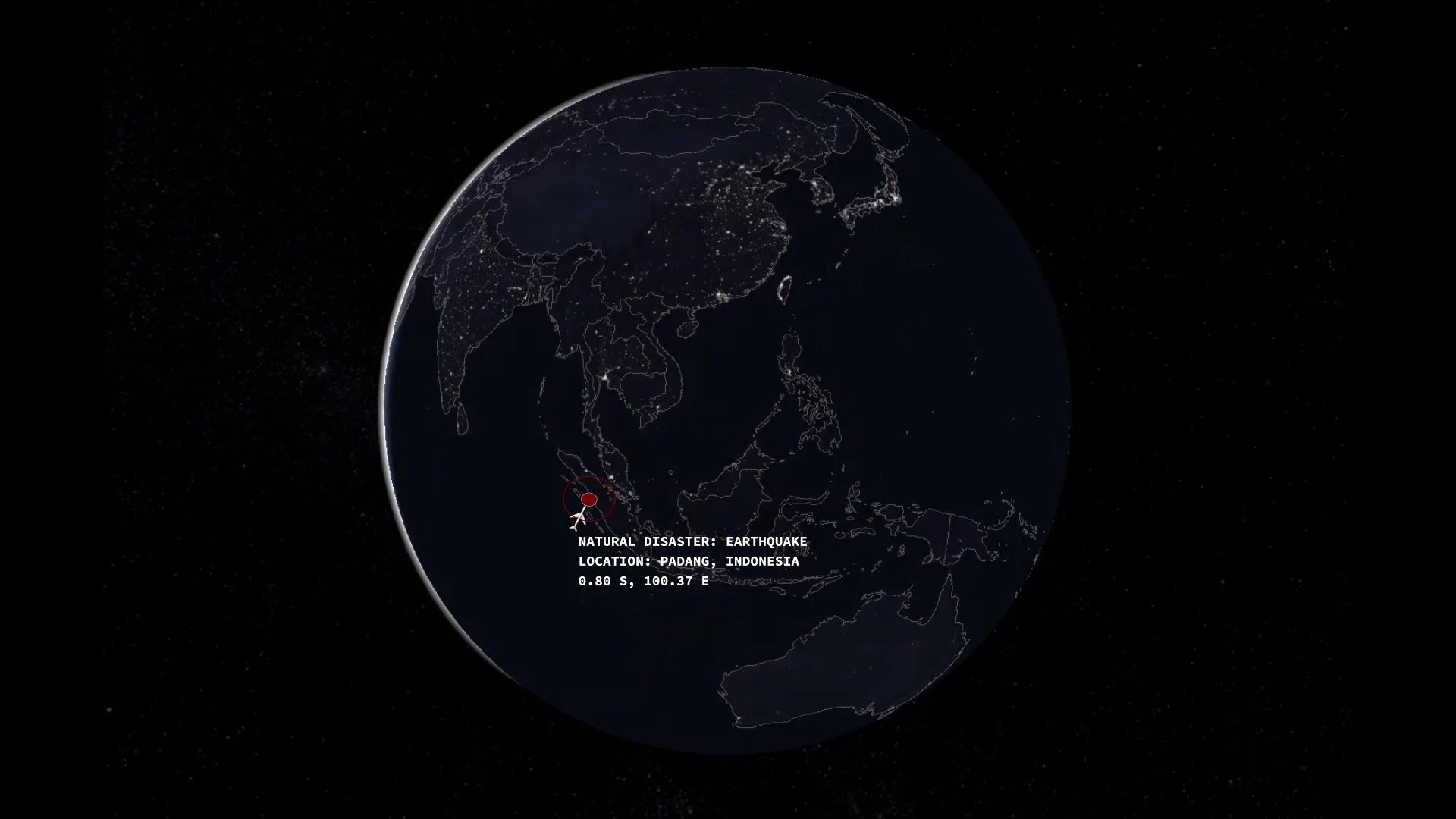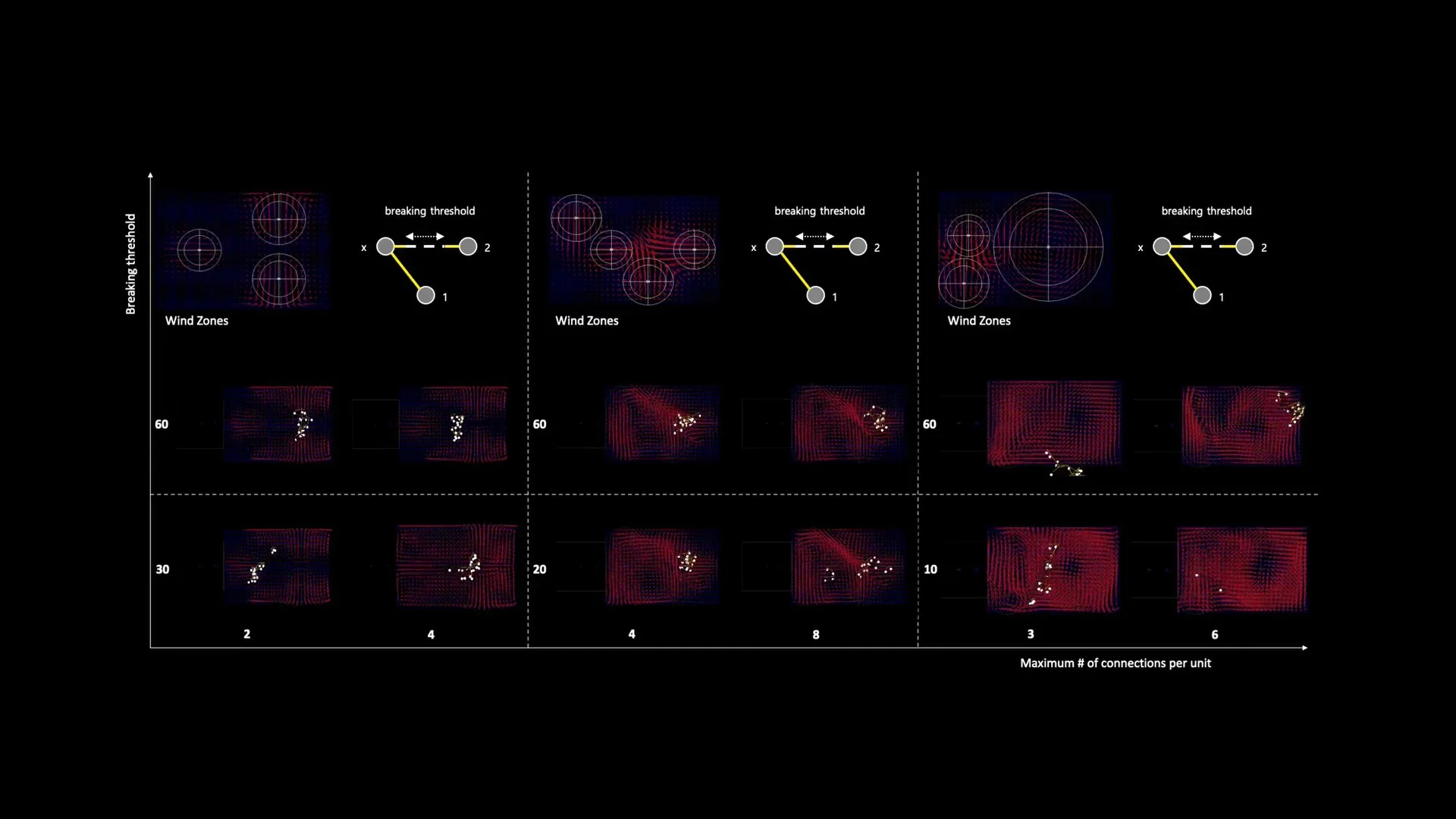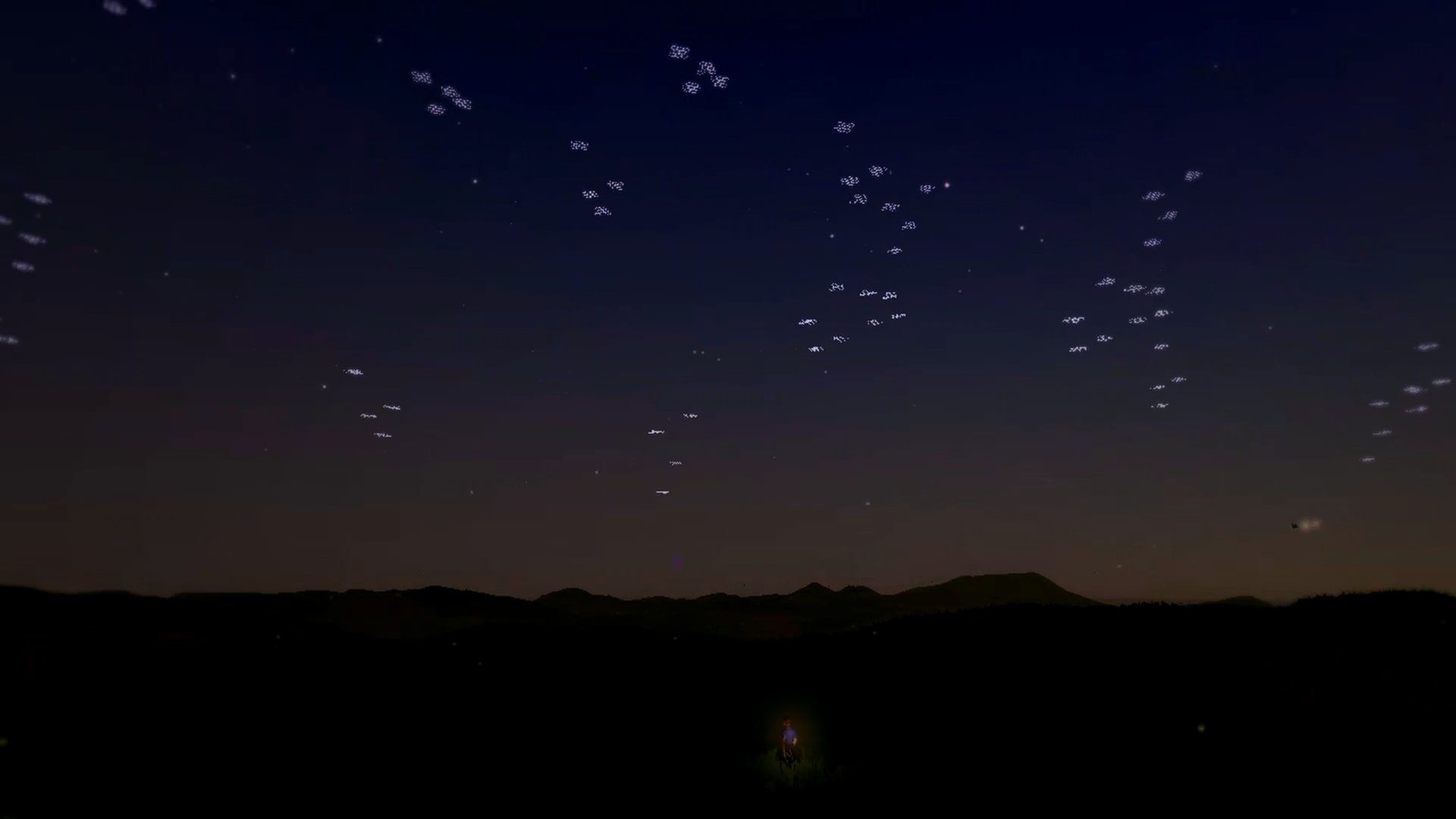
Radical Gravity
2021. In collaboration with Konuralp Senol, Kyungha Kwon
Developed with AA DRL Spyropoulos Studio
Global System that provides Self-Built Airdrop Robotic Shelter Swarms after Natural Disasters.
Design Research and Film
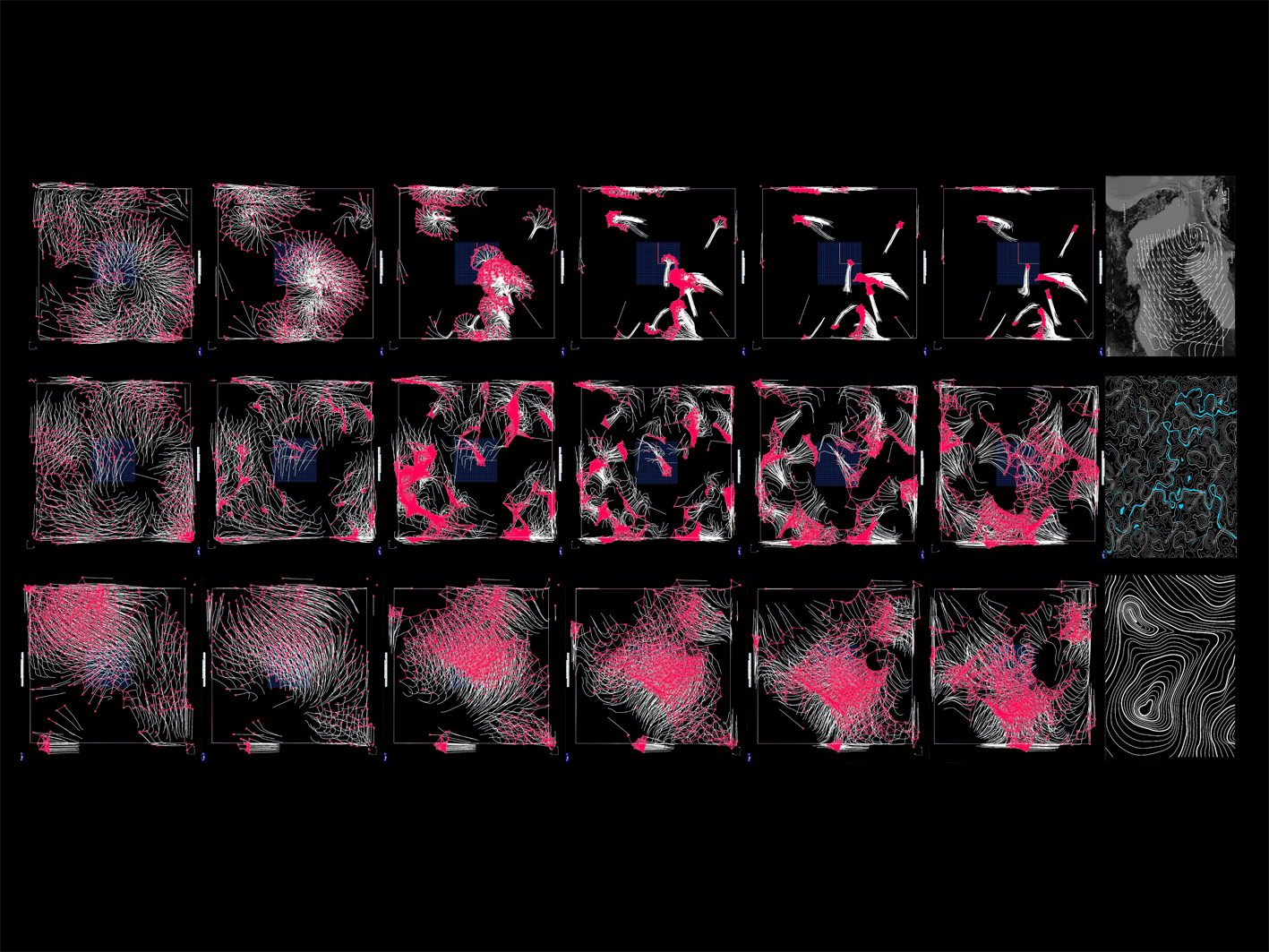
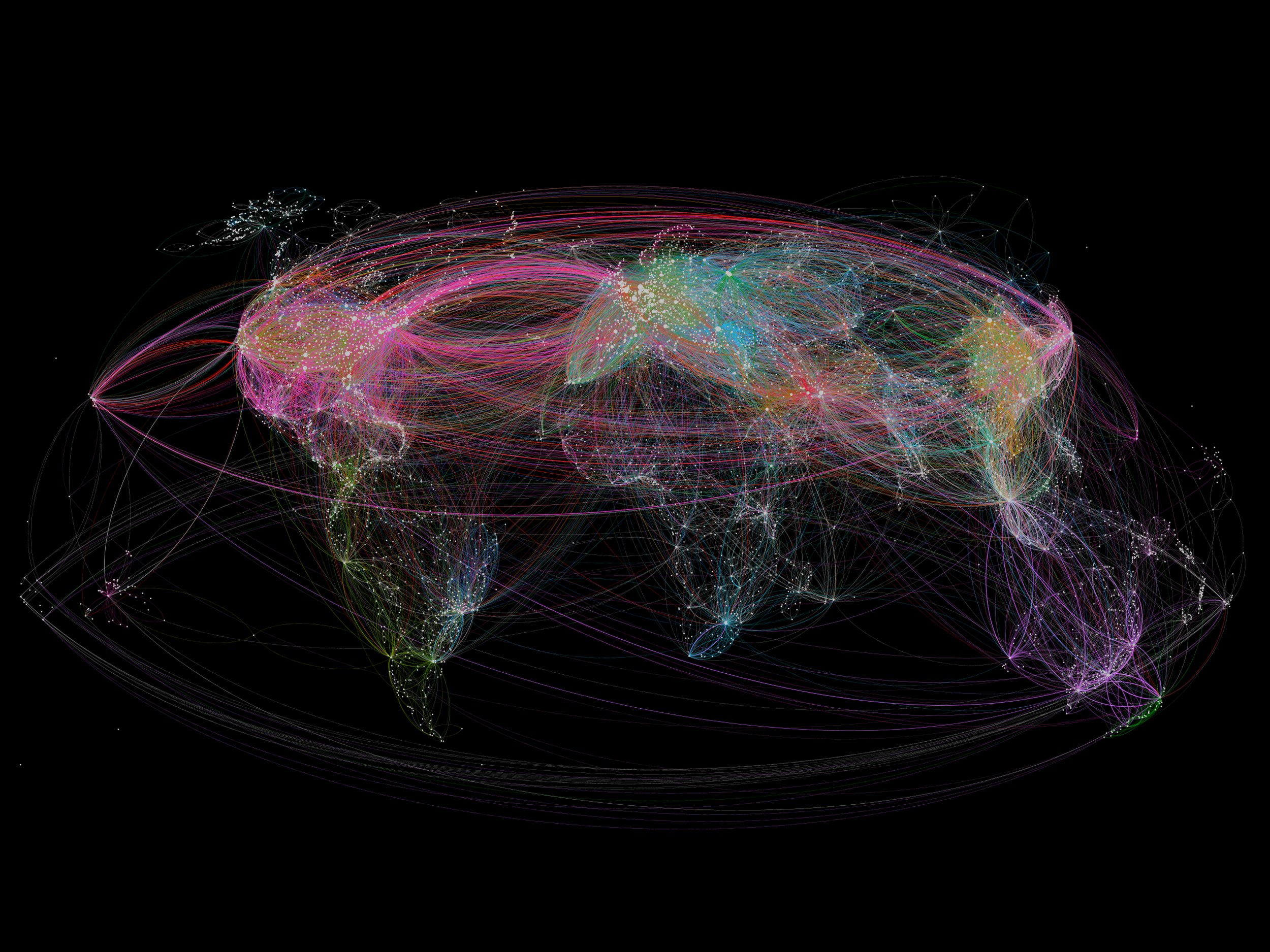


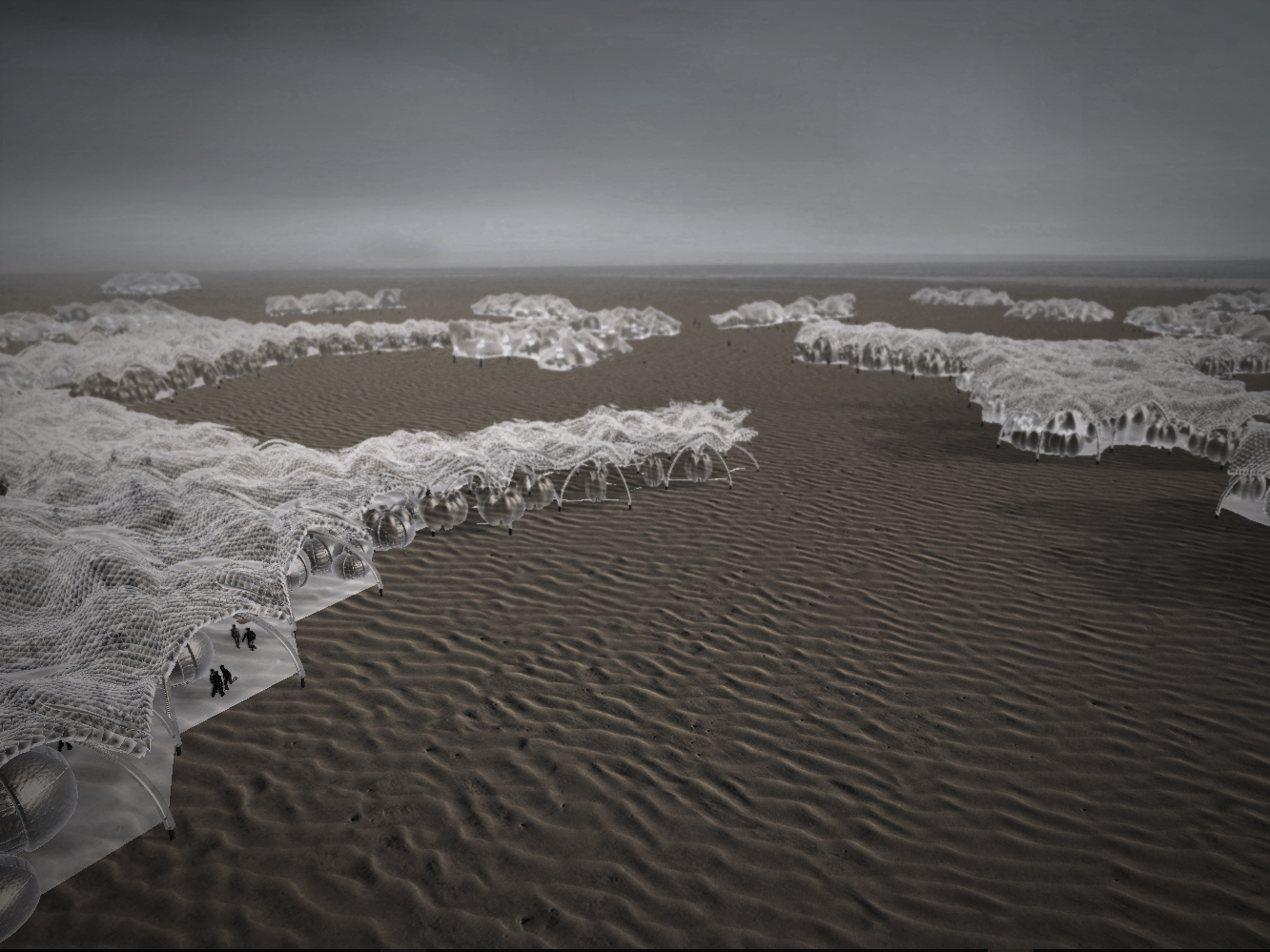

Natural disasters are an urgent problem on a global scale. Their number is increasing due to varied reasons – most prominently climate change – leaving millions of people without a home. Radical Gravity attempts to design an efficient global system of a fast and strategic response that accommodates these people in shelters, while creating environment-friendly and sustainable shelter settlements with respect to human well-being.
Following natural disasters, land infrastructure is often compromised. We therefore propose using the high-altitude airdrop method for emergency shelters deployment. Instead of limiting the stage air dropping to the delivery of standard shelters, we consider this as a self-building or self-construction stage that distributes ready-to-use emergency shelter settlements to the ones affected.
The research searches for more passive strategies of control, such as manoeuvring the flight using air resistance through changes in the drag distribution during the aggregation level. The aggregation flight results in new architectural morphologies that differ depending on environmental and site-specific parameters.
These shelter settlements consist of inflated units that are self-sustainable and adaptive to population needs. Using passive strategies of harvesting water, managing energy transitions, and controlling the microclimate, the project aims for a circular model of operation and intelligent ecological thinking.
Pre-Deployment
Before the deployment, it’s essential to approximate the suitable settlement and alleviate the highly choreographed process of air dropping. Our approach is global, but we believe our settlements should respond to the context and the environment. After receiving the input data about the disaster, the system calculates the number of units and airplanes needed, analyses the location, simulates the possible disaster spread, and decides where the safest zone is. Then chooses the landing place and creates an abstract plan of the settlement according to all these parameters, planning which configuration of units and bodyplans we use for the further stage.
Deployment
The units are tightly packed in an airdrop airplane. We calculated how many units we could fit in the big cargo airplane and designed ‘superpacks.’ In a radius of 3 kilometres of the target area, the aircraft releases them around 23 000 feet. Units start to form specific bodyplans optimized for the flight and the initial calculation based on the site parameters. The wind serves as a push force for rotation. When the bodyplans are formed, the units unfold from a highly packed state (diameter of one unit 2 m) to an unpacked or parachute state (one unit 15 m). The unpacking process starts by chemically inflating the bottom layer, which is vacuum packed with all other layers. The inflation triggers expansion of the unit and unpacking of everything together. Our units (gravitons) have the manoeuvring stage between 12 000 feet and approximately 5000 feet, where the main goal is to reach the desired location. It happens by a passive control logic of drag distribution in living pods, these cellular spaces in-between two layers. Closer to the ground (between 4000 to 1000 feet), the units aggregate and land after sensing the suitable location, locking the air inside living pods and releasing anchors. Anchors take the impact force, saving the materials, and also secure the settlement on the land.
Land Operation
The location where units have landed can differ from the one calculated by the system. We tested how the agents pack and adjust themselves according to the given environment. A pathfinder algorithm generates arteries between pre-calculated nodes and adjusts the existing network. Pod density distribution is customized according to environmental parameters such as landed state, program, terrain, climate, and circulation. Different types of natural disasters may require different programs, but essentially we designed our settlement to have housing, agriculture, and hospitals in cases where we have high numbers of wounded people. The program is distributed using evolutionary computing, being able to densify housing areas to the maximum but keeping the circulation network according to the boundary conditions of each living pod.
Different living pods (cellular spaces) have different connections to the outer layer. The ones in the middle are connected through arches (air beams that structurally hold the roof) and can directly guide the surface above. By changing the size of pods, we can alter the outer layer surface and direct the rainwater to designed reservoirs. Climate control is another strategy for self-sufficiency. Because the source of our additional inflation is an endothermic chemical reaction – which means absorbs heat from the atmosphere - we envision a decentralized passive air conditioning system. For cold climates, the heat can be distributed from the shared kitchens that are placed strategically.
Credits
Team: Angelina Kozhevnikova, Konuralp Senol, Kyungha Kwon
Studio: Theodore Spyropoulos
Founder: Patrik Schumacher
Tutors: Mostafa El-Sayed, Apostolos Despotidis
Special Thanks
Ghida El-Khayat, Aleksandar Bursac, AKT II
Amin Yassin, Daphne Drayiou, Panagiota Tsaparikou, Yuji Huang, Yunyu Huang, Salih Ege Savcı
Publications
Imagining the future: 2021's boldest design proposals by CNN
Design in an Age of Crisis: London Design Biennale responds to today’s crucial issues by Wallpaper*
6 ingenious designs for our 'age of crisis' by CNN
Five projects that reflect design in an age of crisis by DesignWeek
Design in an Age of Crisis Launches by Clatham House

